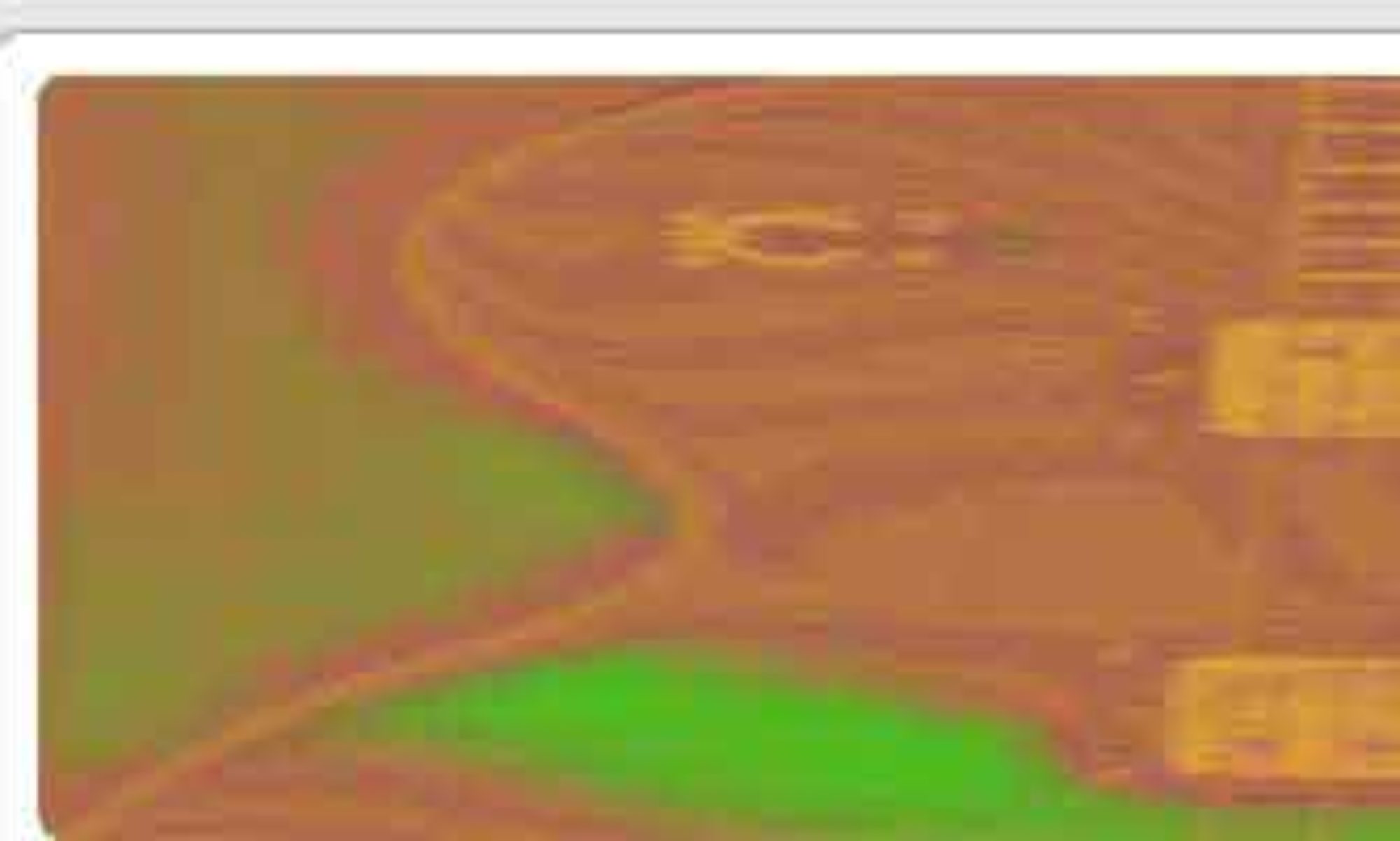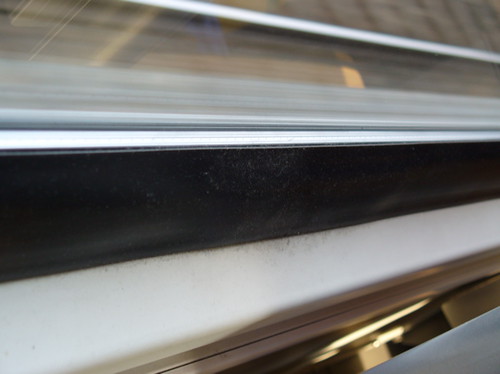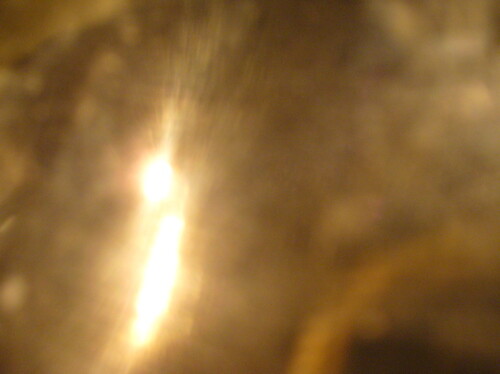[audio:psych-medley.mp3]
Is there a distinct psychedelic guitar sound, or is it just the same as vintage guitar sound?
To make sure, I added a short medley here, that you might use as quiz, if you like to. I would enjoy reading your comments, if you recognized some of the bands or songs!
Yes, there is a distinctive psychedelic sound, but it happened to be produced with just the same equipment as connected to “vintage sound” in general. I will try to define the most typical traits of it:
Excessive use of effects: as there were only a few effects at the time, these were cranked up to maximum. Tremolo at maximum speed and intensity, until it gives a shattering sound that splices the notes. Reverb: reverberations that seem to last for years…
I think, Pink Floyd were the first to use the Tape Echo, already in the band’s early times. Many signals in their music are veiled by excessive use of this effect.
Edgy or even biting guitar sounds, predominantly coming from Fender or Vox amps (both reputable for being rich in treble).
Backwards guitar: officially “invented” by the Beatles on their Revolver album, there seem to have been different occasions when a band or a recording engineer by mistake put the tape the wrong way, and everybody went “what was that? can you play that again?”
Excessive finger-vibrato (listen to “Deserted cities of the heart” by Cream! Clapton’s vibrato is incredible there. Could that have been a whammy bar?)
Pseudo-Indian playing style by rushing up and down the neck on just one string. Slides and the modal, drone-like sound provide a recognizable allusion to Indian music, with a chirping sound sometimes approaching a Sitar. Guitar players consciously tried to imitate other instruments, or even a siren.
Amplifier-Feedback: with the volume set high, speakers stimulate the guitar strings until a circle of self-oscillation is established, mostly running up to harmonics.
Phaser, only just invented, mostly got applied to the whole mix (“Itchicoo Park” by The Small Faces), but there may be examples of phased guitar sounds.
The Wah-Wah was invented as a trumpet effects unit (!) in 1967 by Vox, and there are only few examples of psychedelic wah wah . Am I wrong with that? To me it seems the wah-wah is more connected to the Hard Rock era, beginning around 1968. And Miles Davis definitely did not misuse a guitar effect for his trumpet (many listeners protested), but it was designed for just his instrument!
In the end there should be no dogmatism about what a psychedelic guitar sound has to be. “Psychedelic” can be an esthetic category beyond historic implications, and is determined to develop further on, along with changing equipment and new effects…



















